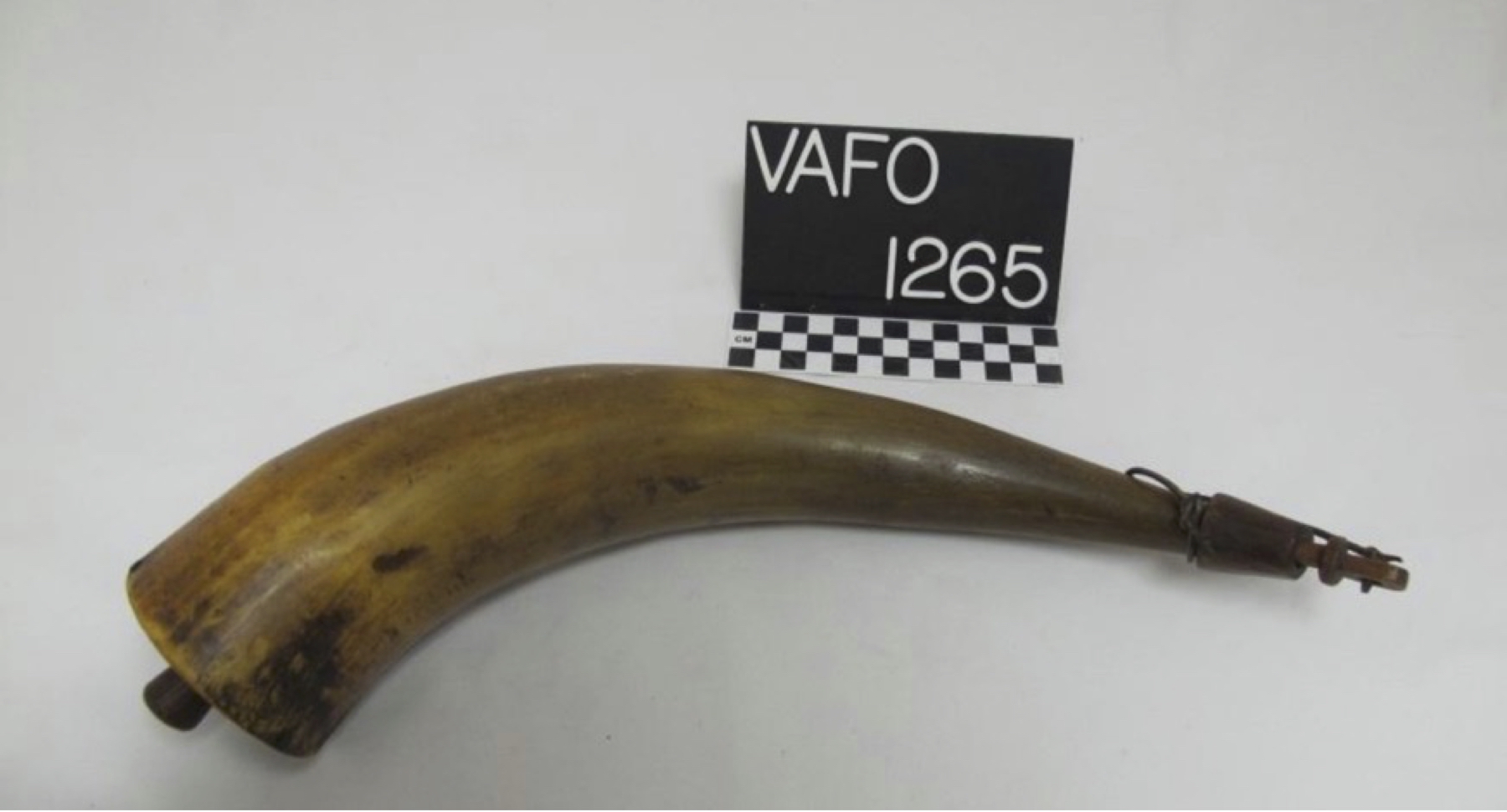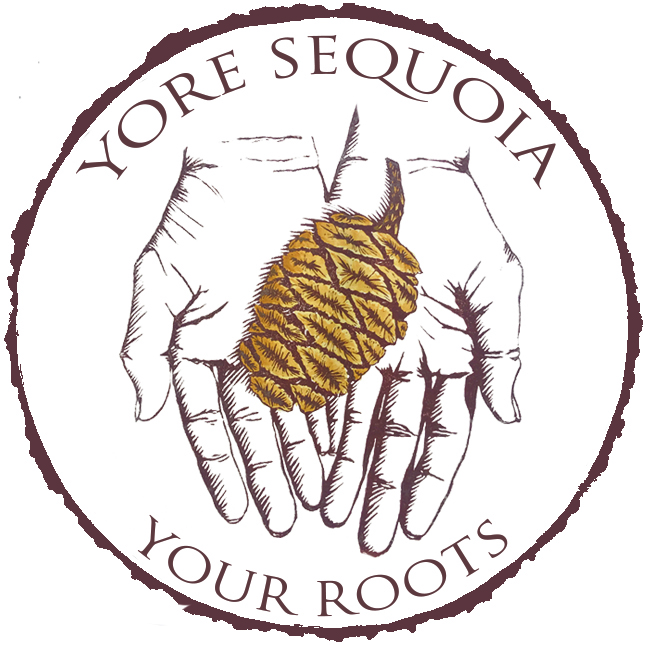Part One: The Horn
By Laile Di Silvestro. Published March 2025.
This is Part One of a multi-part series by historical archaeologist Laile Di Silvestro. The series commenced with an astonishingly bold act—two women staking a claim in the remote Mineral King Mining District in what is now Sequoia National Park. The tale unfolds in California in the second half of the 19th century. It was place and time where women struggled to thrive within power structures that favored unscrupulous men. It is a true story. Read the Introduction HERE.
Not all Gilkey men were bad. And the rest were assuredly not bad all the time, even if they were arguably overfamiliar with the gun.
The women were not strangers to the gun either, of course. Amy Lutz Gilkey, the matriarch of the California Gilkeys, was the first non-native woman to shoot a deer in Michigan’s untamed Plymouth Township. The act was astonishing enough to warrant a note in the township history, along with the first killing of a bear in the township by a non-native man. The township historian didn’t give us Amy’s name, however, and instead just identified her as the wife of Justus Gilkey.
If we are to judge by Justus Gilkey’s electoral success, he was perhaps not considered bad by the majority of voters, or perhaps any flaws in his character were considered irrelevant or even an asset in the new state of Michigan. Or, it could be that there were limited choices.
Be that as it may, Justus acquired elected offices, land, and sons in prodigious proportions. He was the justice of the peace, the town clerk, the tax assessor, the overseer of the poor, the overseer of the highways, and school inspector. This seems impressive, but it should be noted that there were only six or seven families in the area at the time, and three of those were Gilkeys. Regardless, Justus and his seven sons shared their bounty, as well as their time and energy. They donated land intended for the capitol building in Lansing and they built the school.
The wealth and influence the Gilkeys enjoyed in Michigan couldn’t compete with the tales coming from the gold fields of California in 1849, however. The Gilkeys left sparsely populated Michigan and joined about 300,000 others in the gold rush.
The men went first in 1850. They traveled overland on the Oregon Trail to California, and then down to the Sonora District of Tuolumne County. Within a year or two, they returned to retrieve their wives and children. Among the personal treasures Amy carried with her to California was a powder horn.
During the so-called French-Indian War and the Revolutionary War, a gun was useless without a horn-full of black powder at the ready. Before it was rendered insignificant by the invention of breech loading rifles and metal cartridges, the powder horn was an implement of death and life. During the height of its use, the horn helped kill most of the land’s native population not already taken by European diseases, and it helped kill more than 20,000 non-natives battling each other for domination of North America. As the survivors spread west, the horn also helped bring venison, bear, and other flesh to the table.
Museum basements are replete with powder horns. They would be as mind-dulling to study as the plethora of broken tobacco pipe stems if their real and symbolic value didn’t encourage personalization. Much of this personalization proclaimed ownership:
JOHN SMITH
HIS HORN
Many men went further, however, engraving lists of battles, maps, rhymes, flowers, mermaids, ornate scenes…

Justus engraved his horn, too, but did something seemingly unique.* What others would record in the family bible, Justus recorded on the powder horn—the names of his daughters and sons as they were born.
William Tibbetts (1821)
Melvin Jerome (1823)
Riley Alexander (1825)
Edwin Gilbert (1827)
Samuel J. (1831)
Lydia Rebecca (1833)
Joseph Ransom (1835)
John William (1838)
Mary M. (1841)
Jerome (1849)**
The Gilkeys. This was their horn. And its role in their lives was to be more than symbolic.
To be continued…
Read Part 2.
Read the entire series here.
Footnotes:
*I have not yet found any reference to similar engravings in the powder horn literature.
** These are the names of the children that survived long enough to appear in the census records, and may not represent the actual list.
Sources:
Census records (Wayne County, MI; Ingham County, MI; Tuolumne County, CA; Monterey County, CA)
Voter Registers (Tuolumne County, CA; Monterey County, CA)
Early Michigan histories (Durant. S. 1880. History of History of Ingham and Eaton Counties, Michigan; Ingham County Historical and Pioneer Society. Michigan Historical Commission. 1897. Pioneer History of Ingham County. 1880. Michigan Historical Collections, Volume 2.)
Powder horn literature (Durand, R. 2018. The Historical and Personal Importance of Engraved Powder Horns. Museum of the City of New York; Truex, M. 2014. 15th-18th Century Powder Horns and Flasks from the Collections of Valley Forge National Historical Park. National Park Service.
Newspaper articles (Schiro, F. “Trace Heirs by Names Inscribed on Powder Horn.” in Salinas Daily Post, 8 May 1935, p. 1)
